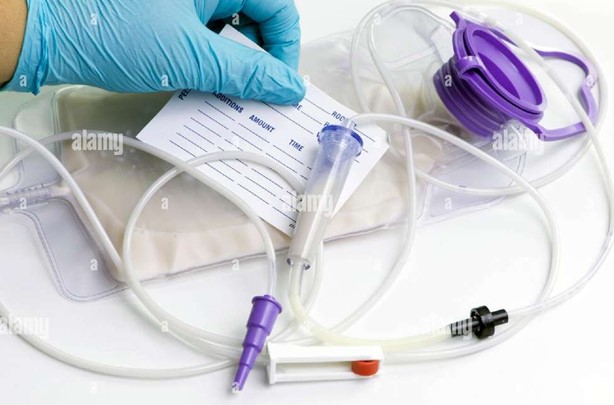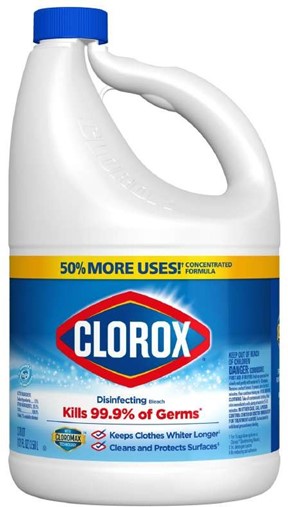A charge nurse is observing a newly licensed nurse administer an enteral feeding to a client who has an established gastrostomy tube.
Which of the following actions by the newly licensed nurse indicates that the charge nurse should intervene?
The nurse checks the volume of the aspirate.
The nurse checks the pH of the aspirate.
The nurse administers 15 mL of water before administering the feeding.
The nurse adds food coloring to the tube feeding.
The Correct Answer is D

This action indicates that the charge nurse should intervene because adding food coloring to the tube feeding is not recommended and can cause adverse effects such as aspiration, diarrhea, and allergic reactions.
Choice A is wrong because checking the volume of the aspirate is a correct action to assess gastric residual volume and prevent complications such as nausea, vomiting, and aspiration.
Choice B is wrong because checking the pH of the aspirate is a correct action to verify the placement of the NG tube and prevent accidental administration of enteral feeding into the lungs.
Choice C is wrong because administering 15 mL of water before administering the feeding is a correct action to flush the NG tube and prevent clogging.
Normal ranges for gastric residual volume are less than 250 mL for adults and less than 5 mL/kg for children. Normal ranges for pH of gastric aspirate are less than 5.5 for adults and less than 4 for children.
Nursing Test Bank
Naxlex Comprehensive Predictor Exams
Related Questions
Correct Answer is D
Explanation
The nurse should offer the client a milkshake because it is a high-calorie, high- protein, and easy-to-consume food that can meet the nutritional needs of a client who is in the manic phase of bipolar disorder. Clients who are manic often have increased activity, decreased appetite, and poor attention span, which can lead to weight loss and malnutrition.
Choice A is wrong because Creamed corn is wrong because it is a low-protein, high-carbohydrate food that can increase blood glucose levels and cause mood swings.
Choice B is wrong because Mashed potatoes is wrong because it is a low-protein, high-starch food that can also affect blood glucose levels and mood stability.
Choice C is wrong because Spaghetti with meat sauce is wrong because it is a complex food that requires utensils and attention to eat, which can be difficult for a client who is manic and distractible.
Normal ranges for potassium are 3.5 to 5.0 mEq/L.
Correct Answer is D
Explanation
Bleach.

According to the CDC, bleach is an effective disinfectant for environmental surfaces contaminated with blood or body fluids from a person with AIDS or other bloodborne pathogens. Bleach can kill HIV and hepatitis viruses when used in a 1:10 dilution with water.
Choice A is wrong because isopropyl alcohol is not recommended for disinfecting environmental surfaces. It can evaporate quickly and may not have enough contact time to kill the pathogens.
Choice B is wrong because chlorhexidine is an antiseptic, not a disinfectant. It is used for skin cleansing or wound irrigation, but it is not effective against spores or non-enveloped viruses.
Choice C is wrong because hydrogen peroxide is a low-level disinfectant that can be inactivated by organic matter.
It is not suitable for disinfecting surfaces contaminated with blood or body fluids.
Whether you are a student looking to ace your exams or a practicing nurse seeking to enhance your expertise , our nursing education contents will empower you with the confidence and competence to make a difference in the lives of patients and become a respected leader in the healthcare field.
Visit Naxlex, invest in your future and unlock endless possibilities with our unparalleled nursing education contents today
Report Wrong Answer on the Current Question
Do you disagree with the answer? If yes, what is your expected answer? Explain.
Kindly be descriptive with the issue you are facing.
